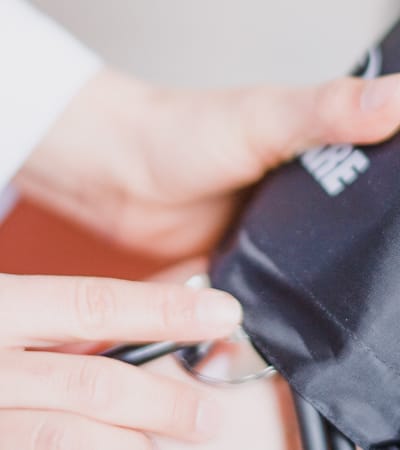Shoulder Dislocation
Causes
Shoulder dislocations are common, but it takes a strong force to pull the bone out of place. Partial dislocations can also occur where the arm bone is partially out of the socket. Some of the usual causes of shoulder dislocation include sports injuries, car accidents, and falls.
Symptoms
Shoulder dislocations are painful and should be treated professionally as soon as the injury is apparent. Symptoms include a deformed, visibly out of place shoulder, swelling, bruising, and inability to move the shoulder. Dislocations may also lead to numbness, tingling, and spasms.
Diagnosis
Physicians will review symptoms and conduct a physical exam in order to diagnose a shoulder dislocation. Tenderness, swelling, and deformity are some of the common factors they will look for. X-rays will also be used to identify the dislocation and show the extent of the injury.
Treatment
If a shoulder dislocation has occurred, a physician will need to reset the joint by moving it back into position. Immobilization with a splint or sling, as well as pain medications may be necessary to help the shoulder heal. Once the splint or sling is removed, physical therapy is recommended to restore range of motion and strength. In severe dislocations, surgery may be required to repair the shoulder joint and prevent future dislocations.




